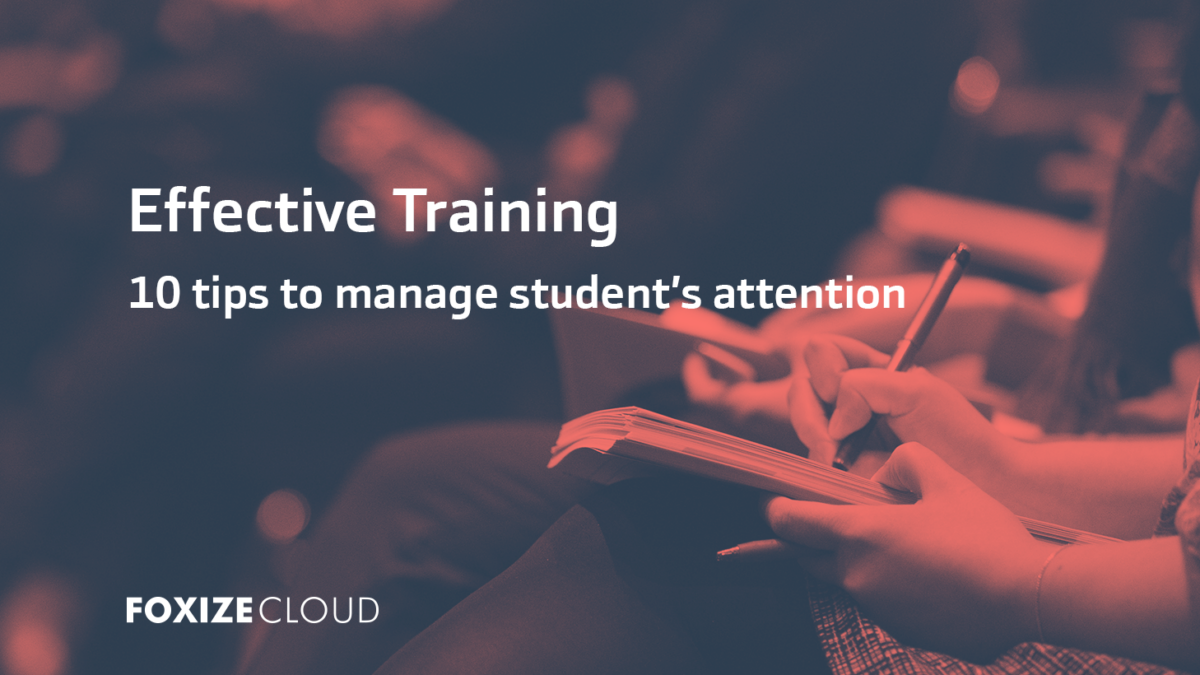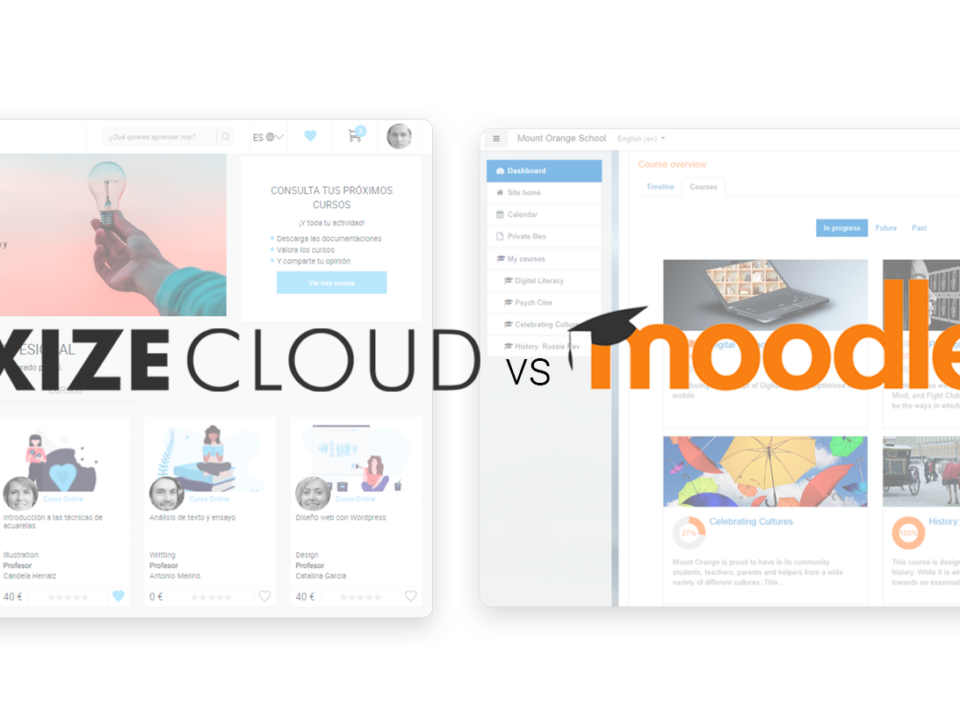Knowing how to keep the attention of your students is as important as creating impeccable training content, but sometimes can be challenging.
Whether you are more about online courses or face-to-face courses, we are giving you 10 tips to make your classes more effective.
1. Outline your course
You need to organize your content so that your training makes sense. We recommend that you make a list of the key points you will talk about and group them by theme. This will make it easier for your students to follow your training. If you have your teaching guide, you will already have half the work done.
2. Three key ideas
You must be very clear about the objective of your course. Regardless of the length of your course or session, listeners typically remember only 3 key ideas or concepts. So it is important to structure your session around these 3 concepts and remember them at the beginning and at the end of the session.
In the next Ted Talk, Chris Anderson explains how having clear ideas is the key to public speaking.
3. Storytelling
Creating a storyline helps listeners contextualize and empathize with the explanation. Storytelling is a very useful tool for all kinds of training. You can start with a personal anecdote or a rhetorical question and return to it throughout your explanations, expanding the example. It can also be very helpful in helping you remember the three key ideas.
4. Put yourself in the mind of the student
When you do your training, whether in person or online, you must take into account the level of knowledge of the student regarding the syllabus that you will teach. If your course is aimed at a general audience, you should avoid using very complex industry jargon.
We also recommend that you think about the transitions between the different sections of your presentation, first to be able to relate the concepts well, and second to guide and motivate the student to continue paying attention, especially in online training.
5. Get their attention
There are several ways to capture the attention of the listener, one of them is to use a presentation, but we can also use our own body and voice.
Phrase intonation, volume change, speed, slowness, or repetition help emphasize important words and phrases. We can also get noticed and help ourselves with our gestures. A Science for People study found that people find gesticulating conversations more interesting rather than standing still.
Julian Treasure explains in this talk how to modulate our voice so that our listeners actively listen to us.
6. Have a presentation at hand
The PowerPoint presentation will help you support your explanations, allowing a better understanding and managing the attention of your students.
If there are many words in your presentation, your students' attention will be divided between your oral explanations and what they read in the presentation. It is for this reason that it is important to locate the keywords or points of your training, and reveal them as the explanation progresses.
Remember, their role is to support, not explain.
7. A document is not the same as a presentation
A document comprehensively collects all the content of the training, they are visually dense and therefore are not suitable as support material during your class. It will be very useful as complementary material for your students outside of class, so that they can review everything they have learned.
Remember that in Foxize Cloud you can add downloadable material to your courses, such as presentations or PDF documents so that the student can consult them at any time. If you still do not have your own training platform, we give you 30 free days to start setting up your online school, without obligation!
8. Design is as important as content
Presentation design is also important for training. A simple and elegant presentation, with a minimum number of elements in each slide improves visualization and understanding. There are many templates and tools on the Internet, free and paid, that you can use for your presentations. In a previous post we shared the 10 best tools to create presentations.
With this talk by David J.P. Phillips you will know how to beat death by PowerPoint.
9. Be creative
The presentation also helps us manage the attention of the participants. Putting supporting images, videos, or gifs helps to grab attention, as well as add meaning and resonate with listeners.
Of course, keep in mind that the focus of attention should be on the content of the training, and not on the presentation, so we recommend that you use photos that are not very complex and that you play with contrast and position to capture its care wherever it is needed.
On these web pages you will find royalty free photographs, free and paid, that you can use in your presentations.
- unsplash.com
- pixabay.com
- pexels.com
- shutterstock.com
- istockphotos.com
10. Show, don’t tell
The graphs help us to better express the data, let us also use it for our presentations.
The ideal is to use simple graphics, simplifying and highlighting the message that we want to reach our listener. We share with you a series of tools to make graphics:
- easel.ly
- infogram.com
- visme.co
- developers.google.com/chart
In this Ted Talk, David McCandless shows us how graphs help us better understand the data we present.


